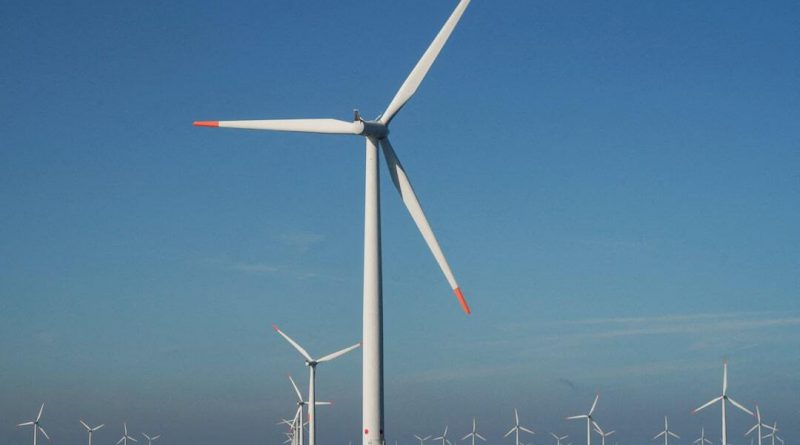China Steps Into Larger Climate Role as U.S. Skips Brazil Summit
Belem — China is emerging as a central player at this year’s global climate summit as the United States skips the event for the first time in 30 years, shifting diplomatic influence at a moment when climate action remains a defining global challenge.
At COP30 in Brazil’s Amazon city of Belem, China’s visibility and engagement reflect how quickly it has moved to fill the space left by Washington’s absence.
Its expansive national pavilion is positioned at the main entrance of the conference grounds, where executives from major Chinese clean-energy firms deliver presentations in English to international audiences seeking clarity on renewable-energy progress.
Behind the scenes, Chinese diplomats are quietly working to guide discussions and maintain momentum despite the absence of senior U.S. representatives.
Historically, the United States led climate discussions, applied pressure for emissions reductions, and shaped global cooperation strategies.
But this year, those responsibilities have shifted, giving Beijing greater influence over how the talks evolve and how global commitments are framed.
Experts say China’s rise in climate diplomacy is tied to its dominance in solar manufacturing, wind power, battery technology, and electric vehicles, all of which have reshaped global energy markets.
Francesco La Camera, director general of the International Renewable Energy Agency, observed that diplomacy naturally moves toward active contributors, highlighting China’s growing authority.
The shift comes after U.S. President Donald Trump again withdrew from the Paris Agreement and declined to send a high-level delegation to COP30, marking a major departure from recent U.S. climate policy.
A White House spokeswoman said the administration would not risk national or economic interests for what it considers vague or harmful climate goals.
Critics argue that the U.S. retreat weakens its global influence and gives China an opportunity to set standards for renewable technologies, clean-energy supply chains, and emissions frameworks.
California Governor Gavin Newsom, visiting the summit earlier this week, warned that the United States risks losing competitiveness if it fails to recognize China’s rapid growth in climate-related industries.
China’s pavilion this year is far larger than in past summits, offering auditorium-style seating, branded displays, and exhibitor areas designed to showcase renewable-energy leadership.
Crowds gather for demonstrations featuring sustainable Chinese coffee, cultural items, and detailed presentations from leading Chinese companies.
A major highlight was an address by Meng Xiangfeng, vice president of CATL, the world’s largest battery maker and a key supplier to Tesla, Ford, and Volkswagen.
Meng called for nations to uphold the spirit of the Paris vision and collaborate on a shared path toward a cleaner and more sustainable global economy.
This is CATL’s first time hosting a major event at a COP summit, signaling how Chinese corporations increasingly frame climate diplomacy as an avenue for global engagement.
Executives outlined plans to expand battery innovation, strengthen EV supply chains, and support developing countries with affordable clean-energy solutions.
Brazilian and international officials have praised China’s strong presence, noting that its willingness to engage at scale has helped keep negotiations productive despite geopolitical differences.
They acknowledged that China’s leadership in solar, wind, and battery technologies has helped lower global renewable-energy costs, enabling more ambitious climate targets worldwide.
As COP30 continues, analysts say China’s active participation could shape climate diplomacy for years, especially if the United States continues distancing itself from multilateral environmental efforts.
For now, Beijing’s message is consistent: China intends to strengthen global climate cooperation and play a leading role in the world’s transition to greener economies.



